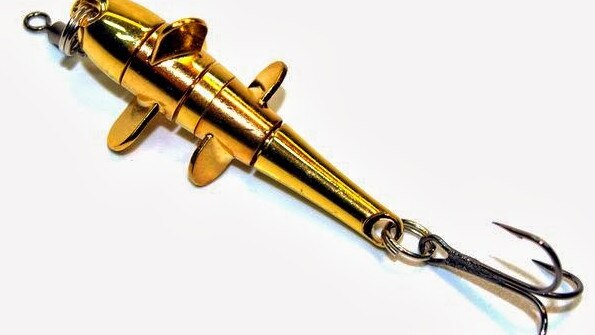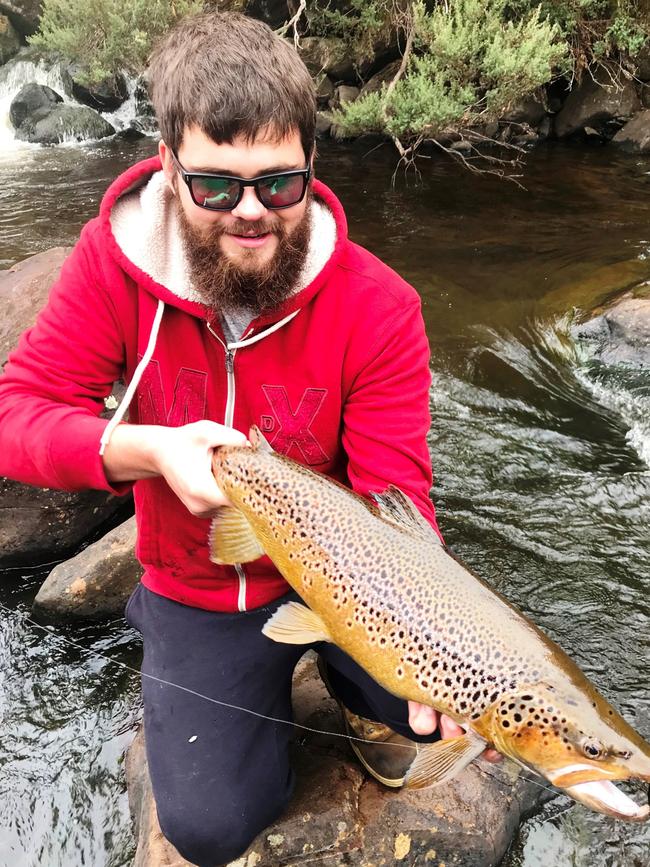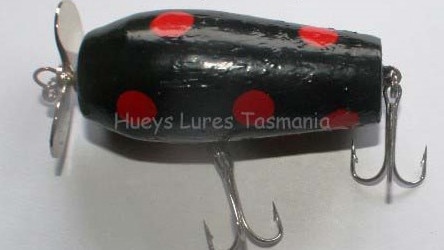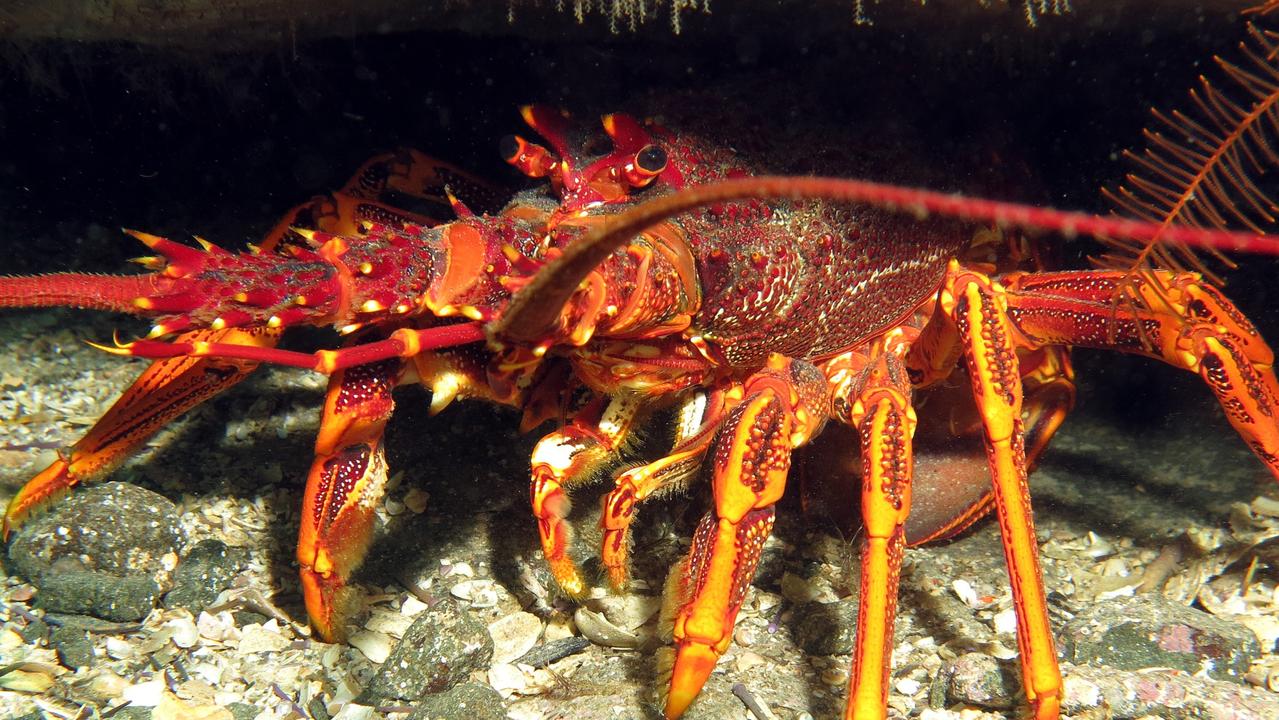Carl Hyland fishing: The best lures to catch a trout
Having trouble catching a trout? With the season opening in less than a month, fishing writer Carl Hyland helps you get the jump on other anglers with his best lures to hook a catch.

Lifestyle
Don't miss out on the headlines from Lifestyle. Followed categories will be added to My News.
WITH the countdown officially underway to the start of the trout season, I thought I’d delve into the wonderful world of trout spinners and lures, especially those from years past.
One of my personal favourites would have to be the Devon spinner. It originated from Devon, England, more than a century ago, and has been consistent in every country where it is used.
The Devon comes in a wide range of colours, but the plain silver or plain gold are the colours that bring most fish undone.
A plain black Devon is an awesome spinner to use in deep water or at night.
The Devon spinner gains much of its “attractiveness” not from its shape or colour, although sometimes these are important, but from the vibration it creates when spinning.
The vibrations allegedly attract fish from a great distance and there are stories of blind trout actually attacking the lure.
The Devon’s fast spin does cause line twist, but this can be alleviated by the use of an anti-kink made of celluloid and tiny swivels.

The lure can be used in shallow waters and is often cast across the stream and slowly retrieved. Being a lure made from lead it will sink, so be prepared for snags.
In lakes and deep water, the lure can be retrieved at slower speeds and different levels and it is the combination of any two of these factors that makes for success in Devon spinning. Only trial and error can tell you what combination works best at a particular time under particular conditions.
The lures are now in short supply but there are many imitations out there which work just as well. If you are in possession of the true Devons, I’d be hanging on to them, as they are fast becoming true collectors’ items.
Another lure that works well at night is the fishcake lure, a surface lure made from wood which is spun and retrieved across the water surface.
Fishcakes, especially those with twin propellers, make a racket on the surface, something similar to what a frog or a mouse would make and this is the ideal attractant you need for big fish.
When casting the fishcakes, let them sit for a minute or two before retrieving them as this can mimic an animal or reptile falling onto the water surface.
This is sometimes when the big browns attack, which can lead to near heart-stopping moments as the take is usually extremely aggressive. Sometimes the fish won’t hit the lure properly and this is why the old fishcakes were fitted with up to four treble hooks.
This ensured a hook-up but a real mess when trying to get the fish from a landing net in the dark.

The best fishcakes are the dark colour, which is black with red dots or a frog pattern.
Most fishcakes today are made from Huon pine or a similar dense timber, not the pine originally from the USA and made by Fred Aborgast.
Again, if you have an original Aborgast fishcake, they are worth hanging on to, because they are also fast becoming collectors’ items and are fetching big dollars in the collector’s world. There are Tasmanian producers of this lure and they are of as good a quality of the old originals.


